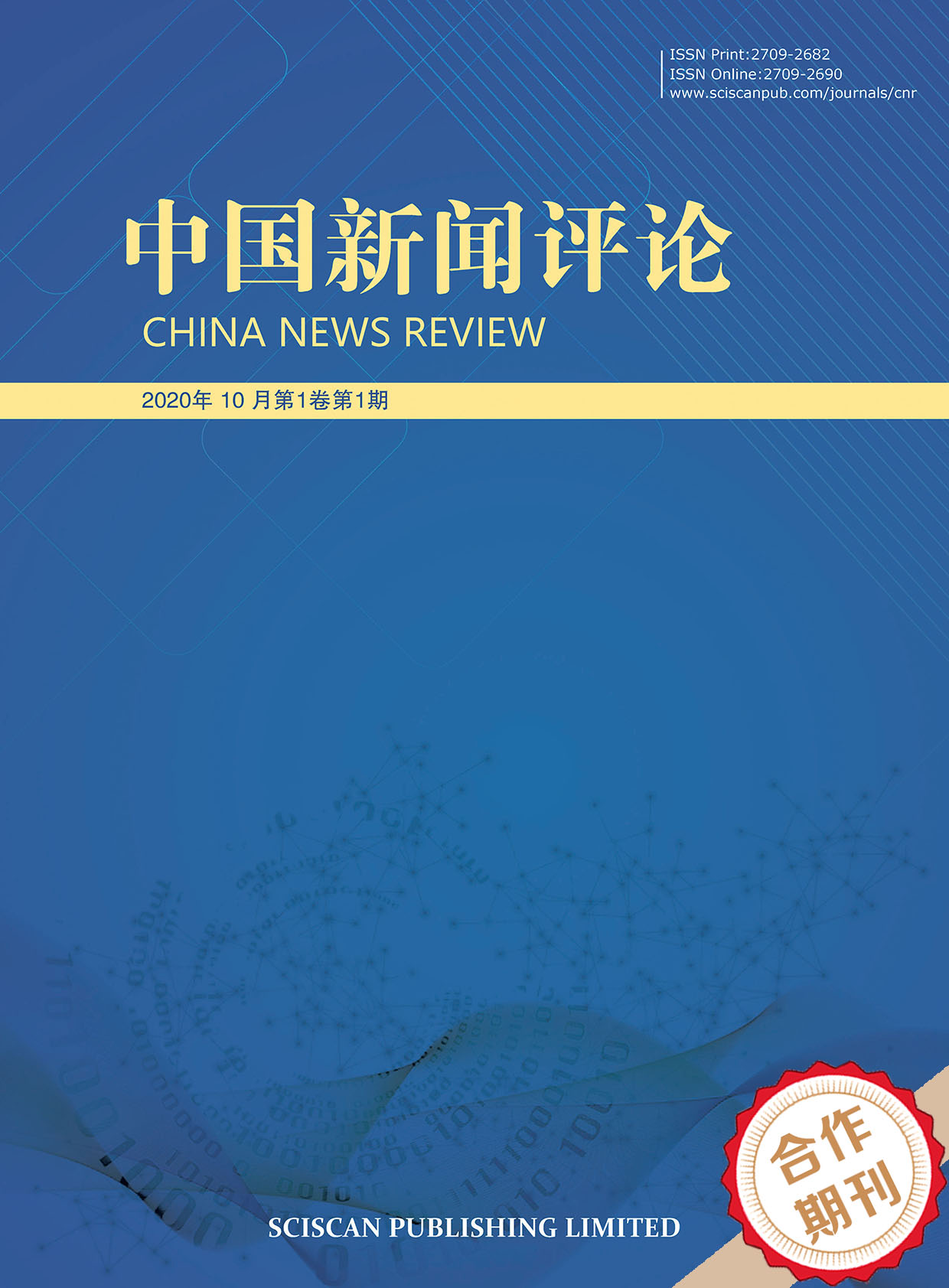China News Review
ISSN Print: 2709-2682
ISSN Online: 2709-2690
Contact Editorial Office
Subscribe to the latest published information from SCISCAN
代际秩序:老年群体新媒体使用的“第 三人效果”及社会距离差异
Intergenerational Order: the “Third Person Effect” and Social Distance Differences of New Media Use among the Elderly
- Authors: 李理
-
Information:
华中师范大学新闻传播学院,武汉
-
Keywords:
Social distance; Third person effect; Etiquette order; Media use社会距离; 第三人效果; 礼仪秩序; 媒介使用
- Abstract: This paper conceptualizes social distance. From the perspective of sociology, the third person effect, as a social judgment, can be adjusted by social distance. People often feel that the information conveyed through the mass media has a greater impact on the people or groups who are more different from themselves, more distant from themselves and more distant from the society, and has a relatively small impact on the people or groups who are similar to themselves, closer to them and less distant from the society. In this paper, the definition of social distance is framed in two dimensions related to the third person effect and new media use, trying to explore the theoretical relationship between these two dimensions and the group perception stereotype, group identity and media use habits. In Xiaogan City, Hubei Province, this paper conducts a sample questionnaire survey on “the network incident caused by the dispute between Henan square dancing aunts and teenagers seizing the basketball court”. Based on the analysis of the interview data of 503 local residents, it is found that the group's media bias, stigmatized negative information and normative function of the media all contain multiple dimensions of media solemnity. These dimensions, together with the dissolution of etiquette order, have a direct or indirect impact on social distance. 本文对社会距离进行概念化阐释。从社会学的角度看,第三人效果作为一种社会判断,可以由社会距离来调节。提供关于这些影响社会距离的信息会影响第三人效果的程度 , 人们经常会感觉通过大众媒介传达出来的信息对与自身差异性较大、较为疏远、社会距离较大的人或群体影响比较大;对和自身相似的、较为亲近、社会距离小的人或群体受到的影响相对来说较小。本文将社会距离定义框定在第三人效果与新媒体使用相关的两个纬度中,试图探讨这两个纬度与群体感知定势、群体认同以及媒介使用习惯之间的理论关系。本文在湖北省孝感市对“河南广场舞大妈与青少年抢夺篮球场发生争执所引发的网络事件”进行了抽样问卷调查,对 503 个当地居民面访资料的分析结果发现,群体的媒介偏向、污名化负面信息和对媒介规范性功能的都包含多个媒体庄重维度。这些维度与礼仪秩序的消解一起对社会距离产生着直接或间接的影响。
- DOI: https://doi.org/10.35534/cnr.0201004
- Cite: 李理.代际秩序:老年群体新媒体使用的“第三人效果”及社会距离差异[J].中国新闻评论,2021,2(1): 36-50.
















